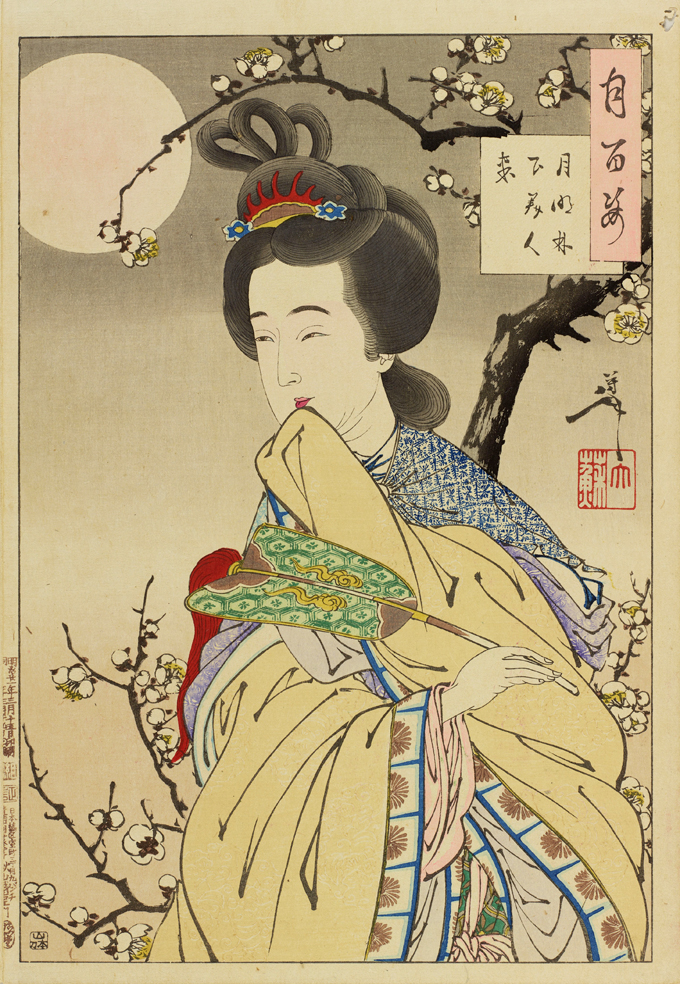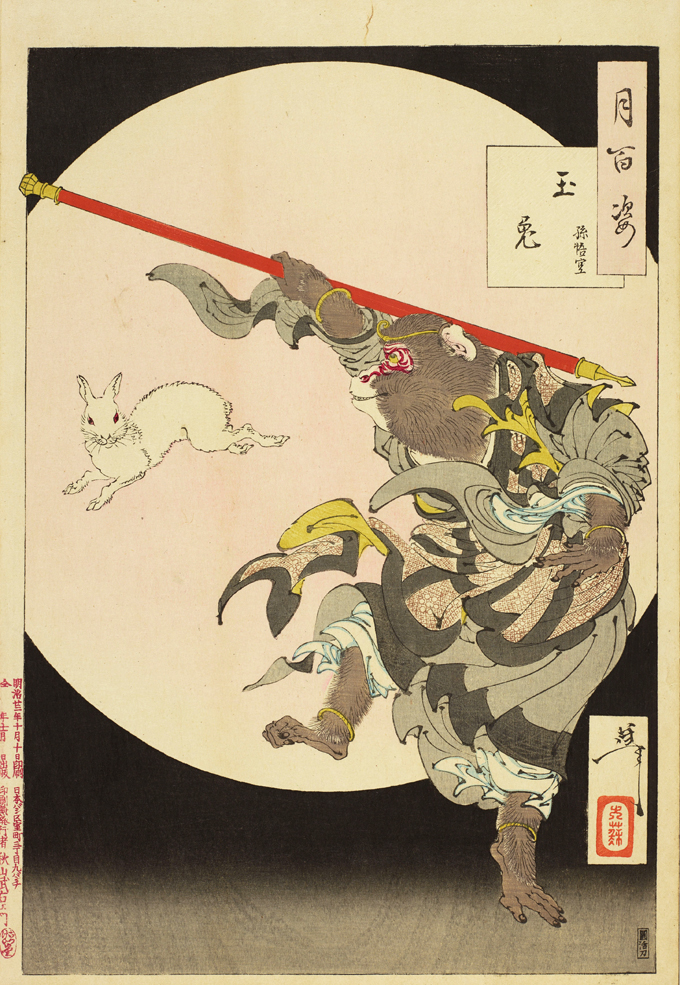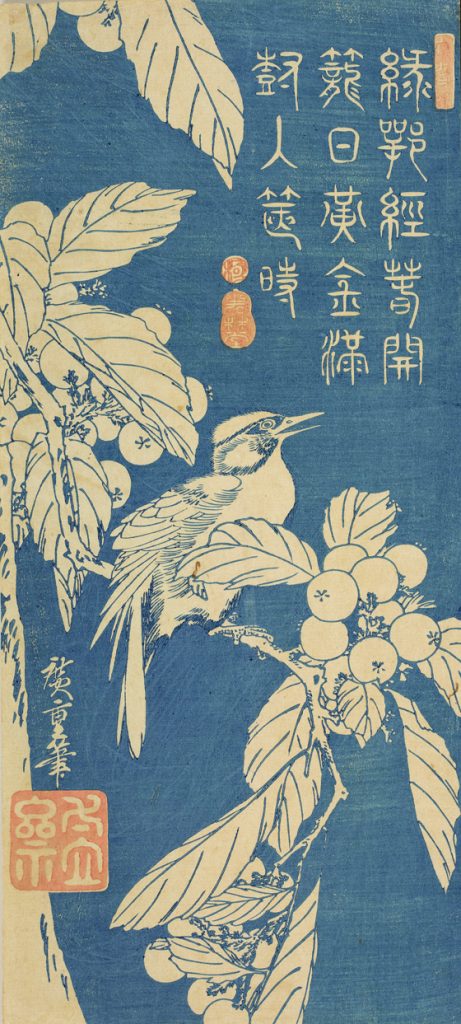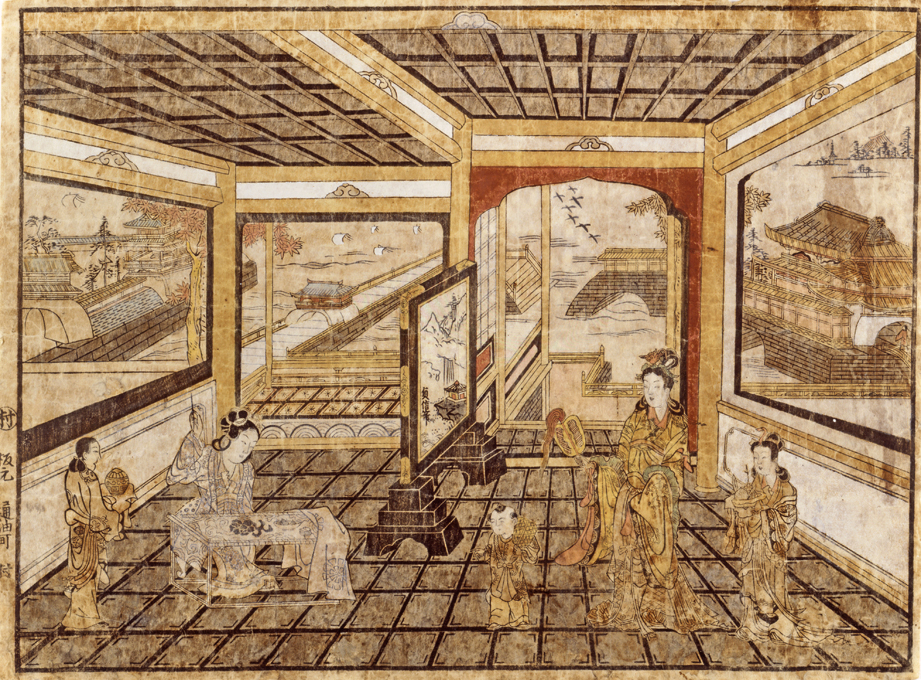China in Ukiyo-e
Discovering the Unexpected Relationship between Ukiyo-e and Chinese Culture
Ukiyo-e depicted a large number of Chinese people, including the heroes of “Three Kingdoms” and “Water Margin,” hermits, and ancient Chinese women. In addition, some of the Japanese flower-and-bird paintings are accompanied by Chinese poems, which shows how familiar the people of the Edo period were with Chinese culture. On the other hand, works that replaced the hermits with women or parodied the exploits of the great masters were also popular.
During the Edo period, Japan was closed to the outside world for a long period of time, but classical Chinese literature and folklore were well-established in education, and people were curious about the latest Chinese culture. Ukiyo-e artists also worked on all kinds of themes from China, and even created many other works based on them.
This exhibition introduces ukiyo-e from the Edo and Meiji periods that show the influence of Chinese culture in three parts. In the first part, we will look at works from the 18th century, when samurai warriors were also involved in the production of ukiyo-e. The second part will focus on works in the 19th century, which reflect the tastes of citizens, and in the third part, works depicted in the form of parodies will be featured. Throughout the exhibition, visitors will be able to discover the unexpected connections between ukiyo-e and China.
“Three Kingdoms” and “Water Margin” Boom Began from the Edo Period.
Even today, the Chinese stories “Three Kingdoms” and “Water Margin” are popular in video games and manga, but it was actually in the Edo period that these stories were translated and adapted.
The stories were also depicted in ukiyo-e. Especially, Utagawa Kuniyoshi played an important role in expanding the world of these stories. He created the popular series “One Hundred and Eight Heroes from the Water Margin” with 74 prints, and the series “Popular History of the Three Kingdoms” series which depicts heroes on large paper.
A Great Arrangement in Ukiyo-e Style – Heroes Swapped Gender!?
Rearranging various subjects is one of the characteristics of ukiyo-e. For example, the figures of heroes were sometimes depicted as humorous caricatures, or sometimes in the figures of townswomen, so that people enjoy the gap between the hero and the character. These works of parody show how people of the time were familiar with Chinese themes.

“China” Depicted by Hokusai, Hiroshige and Kuniyoshi
Many works by leading ukiyo-e artists of each era will also be introduced. These include Harunobu, who transferred Chinese subjects into Japanese scenes; Hokusai, who painted all kinds of subjects of Chinese origin; Kuniyoshi, who represented the heroes from “Water Margin” as characters popular with the Edo people; Hiroshige, who added Chinese poetry to his “kachō-ga (bird-and-flower pictures); and Yoshitoshi, who drew classical Chinese subjects in the Meiji era. We hope that you will enjoy the transition in the way Chinese culture was incorporated in each of works.
Admission
| Adult | 800 yen |
| University and High school students | 600 yen |
| Junior High School Students and below | Free |
Calendar
■closed
休館日
1-4,10,16,23,30,31
2023 / 1
1-4,10,16,23,30,31
| SUN | MON | TUE | WED | THU | FRI | SAT |
|---|









